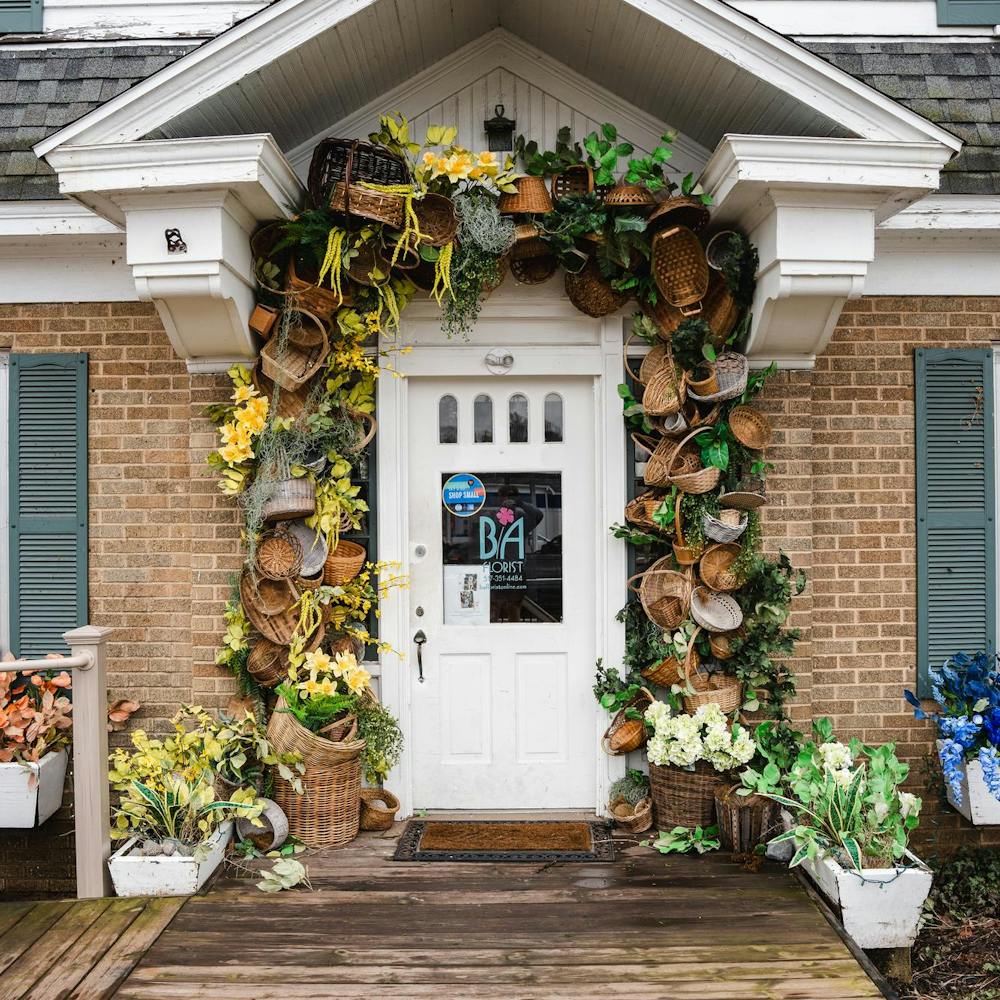Beer has become an intricate part of Ron Jeffries' life.
Some days Jeffries spends up to 12 hours making beer at his microbrewery, Jolly Pumpkin Artisan Ales in Dexter, about an hour away from campus.
Jeffries, who opened the microbrewery two years ago, does everything from his own brewing to bottling and labeling the finished product at Jolly Pumpkin. He brews about twice a week, each time making 100 cases of beer.
Jolly Pumpkin's beer compared to a name-brand beer such as Busch is the difference between Ben & Jerry's and a tub of Meijer-brand ice cream, Jeffries said.
"The big breweries do a great job making consistent beer, but it lacks a lot of character," Jeffries said. "It's all about good flavor."
But one of Jeffries' specialty beers, "Fuego del Otoño" (Spanish for "autumn fire"), contains a unique ingredient — chestnuts.
"It's different from what we normally do," Jeffries said. "It all seemed to kind of fit together."
Jeffries described the chestnut beer as having almost a subtle cashew nut taste.
"What it contributes is a unique lightness," Jeffries said. "Maybe a hint of nutty flavor."
There are 71 Michigan microbreweries and brewpubs, such as Harper's Restaurant & Brewpub, 131 Albert Ave., which brew their own beer but do not sell it in stores, said Mary Halfpenny, who has published the Michigan Beer Guide with her husband for the last 10 years.
People choose the craft beer over brand names because of the aroma and flavor, Halfpenny said.
While craft beer flourishes on the nation's coasts, its popularity has increased very slowly in Michigan, she said.
Craft beer first appeared in Michigan in small numbers about two years ago, contributing to only 1 percent of beer sold in the state, Halfpenny said. Fuego del Otoño is available at Big Ten Party Stores West, 314 S. Clippert St. in Lansing.
The idea for Jeffries' chestnut beer came from half a world away.
In Italy, a country renowned for producing some of the world's best wines, the robust flavor of the amber-colored chestnut beer caught the attention of an MSU professor.
Plant pathology Professor Dennis Fulbright tasted chestnut beer at festivals around Italy and the island of Corsica on a summer trip in 2004. The chestnut beer was available in bottles, on tap and in cans.
"It's a different world over there in what they eat and drink," Fulbright said.
The strong chestnut beer stayed on Fulbright's mind when he returned back to Michigan in 2005, where he advises the Chestnut Growers Inc., or CGI, a cooperative of Michigan-area chestnut growers.
Fulbright told the growers about the amber-colored beer.
"Nobody had ever tasted it or seen it," he said.
In the United States, where stuffing and desserts use chestnuts, the concept of chestnut beer is a new one, even though it readily appears in Europe, said Bill Nash, who owns about 400 chestnut trees in Owosso, 20 miles from campus.
"We just think in this country of chestnuts roasting on the open fire," Nash said.
Fulbright's trip sparked CGI to find microbreweries such as Jolly Pumpkin to make chestnut beer.
Last fall, Jeffries brewed Fuego del Otoño for the first time with chestnuts. He plans to increase his production of the chestnut beer in late August because he said it was so successful.
"From start to finish that beer is here about eight weeks," Jeffries said. "The beer we brew today, you won't try for a few months."
All of the ingredients come from the earth, he said.
Jeffries takes boiled chestnuts and malted barley and dumps it into a hopper, which resembles a giant funnel. The barley falls into a mash tun where it gets mixed with hot water until it looks like lumpy oatmeal, or mash. The hot water triggers an enzyme process that breaks down the starches into sugars. At that point, the soon-to-be beer is a sugary liquid called wort.
"The sugars are what eventually turn into beer," Jeffries said.
About 330 gallons of wort flow through a pipe into a kettle to boil, where Jeffries adds hops to the brew. Hops are the cones from a plant that give the beer its bitterness.
"A beer without hops would be very sweet and unpleasant to drink," Jeffries said.
This entire process takes about a day, Jeffries said.
Afterward, yeast is added to the mixture in fermenters. The final step is to let the beer mature for about a month in oak barrels.
"Very few breweries mature beer in wood anymore," Jeffries said.
By letting the beer mature traditionally, it develops a slightly tart taste because of a natural souring bacteria, he said.
Jeffries' methods are unique — most breweries use stainless steel for maturing the beer, Halfpenny said.
"Jolly Pumpkin is definitely doing something different," she said. "He's actually breaking the norms."






